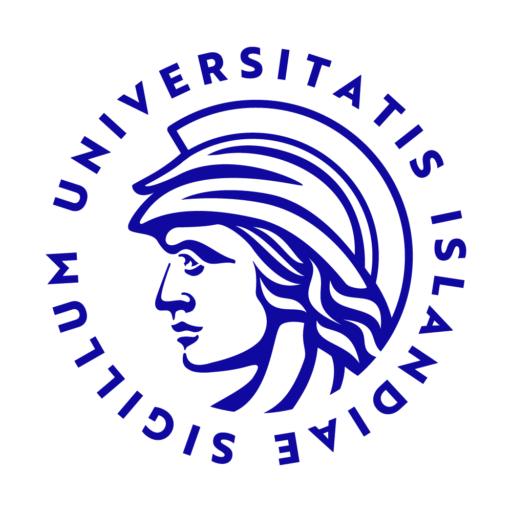Main author: Auður Anna Aradóttir Pind
Institution or Company: Department of Immunology, Landspitali, The National University Hospital of Iceland, Faculty of Medicine, School of Health Sciences, University of Iceland
Co-Authors, Institution or Company:
Jenny Lorena Molina Estupiñan, Department of Immunology, Landspitali, The National University Hospital of Iceland, Faculty of Medicine, School of Health Sciences, University of Iceland. Gudbjorg Julia Magnusdottir, Department of Immunology, Landspitali, The National University Hospital of Iceland, Faculty of Medicine, School of Health Sciences, University of Iceland. Giuseppe Del Giudice, GSK Vaccines, Siena, Italy. Ingileif Jonsdottir, Department of Immunology, Landspitali, The National University Hospital of Iceland, Faculty of Medicine, School of Health Sciences, University of Iceland. Stefania P. Bjarnarson, Department of Immunology, Landspitali, The National University Hospital of Iceland, Faculty of Medicine, School of Health Sciences, University of Iceland.
Introduction: Adjuvants enhance magnitude and duration of immune responses induced by vaccines. We assessed in neonatal mice if and how the adjuvant LT-K63, given with a pneumococcal-conjugate-vaccine, Pnc1-TT, affected expression of TNF-R superfamily-members, known to be important for antibody responses; receptors BAFF-R and BCMA and ligands BAFF and APRIL.
Methods: Maturation status of different B-cell populations and their expression of BAFF-R and BCMA, and effects of neonatal immunization and adjuvant LT-K63 on these populations were assessed by flow cytometry. Accessory cells of the plasma-cell niche in bone marrow (BM) and their secretion of APRIL was assessed with flow cytometry. Vaccine-specific antibody-secreting cells (ASC) were measured with ELISPOT and antibodies with ELISA.
Results: Neonatal mice had dramatically fewer B-cells than adults and the composition of different subsets among them differed greatly. Proportionally, newly-formed B-cells were most abundant, but their diminished BAFF-R expression could explain low proportions of marginal-zone and follicular B-cells observed in neonatal mice. Additionally, BCMA expression was limited in neonatal pre-plasmablasts/plasmablasts. LT-K63 enhanced vaccine-induced BAFF-R expression in splenic marginal-zone, follicular and newly-formed B-cells, leading to increased plasmablast/plasma-cells, and their enhanced expression of BCMA in spleen and BM. Finally, LT-K63 enhanced the frequency and APRIL expression of eosinophils, macrophages, and megakaryocytes in BM, which likely contributed to plasma-cell survival. All this associated with enhanced, sustained vaccine-specific ASC in BM and antibodies.
Conclusion: Our study sheds light on mechanisms behind adjuvanticity of LT-K63 and identifies molecular pathways that should be triggered by adjuvants to induce sustained humoral immunity in early life.

